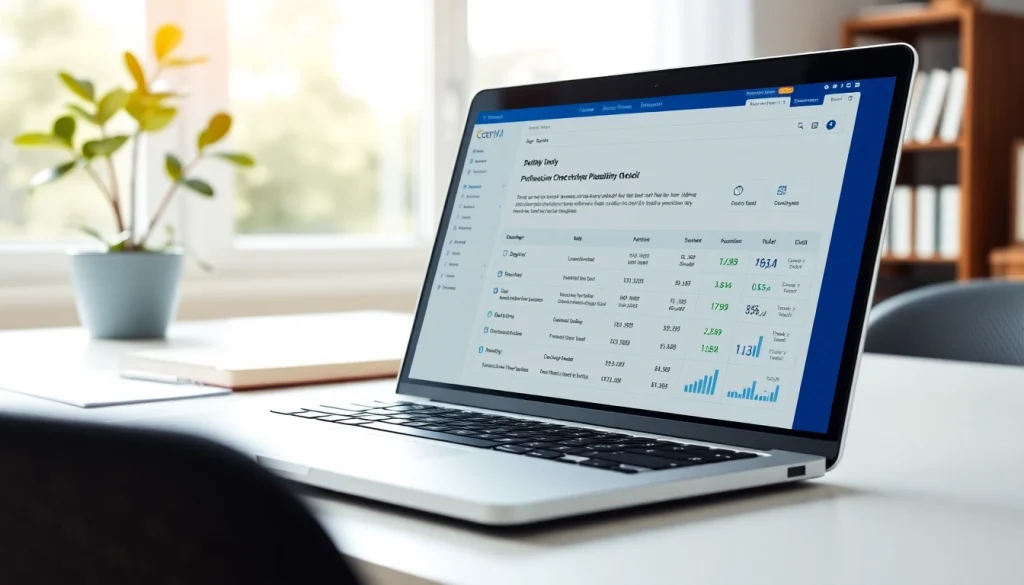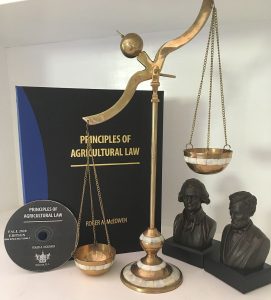Enhance Your Writing with a Reliable Plagiarism Checker Tool

Understanding the Importance of a Plagiarism Checker
In an era where information is readily accessible and the production of content is at an all-time high, the significance of a plagiarism checker cannot be overstated. Writers, academics, and professionals across various fields must ensure their work emanates originality while adhering to ethical standards. A plagiarism checker is not merely a tool; it is a shield that preserves the integrity of one’s work, ensuring that credit is given where it is due.
What is Plagiarism?
Plagiarism is the act of using someone else’s work, ideas, or expressions without proper acknowledgment. This can occur in numerous forms, ranging from inadequate citation of sources to wholesale copying of texts. Defining plagiarism comprehensively is crucial, as different cultures and institutions may have varying standards of what constitutes plagiarism. In a digital age, the types of plagiarism have evolved; thus, understanding these nuances is vital for anyone producing written material.
Why It’s Essential for Writers
For writers, the implications of plagiarism extend beyond ethical considerations. Originality is paramount in crafting compelling narratives, academic papers, and professional documents. Utilizing a plagiarism checker aids in maintaining an authentic voice and ensures that creators can confidently share their work with their audience. Moreover, writers face potential reputational damage and even legal consequences if their work is found to be plagiarized.
Consequences of Plagiarism
The consequences of plagiarism are serious. They can include academic penalties, such as failing grades or expulsion from educational institutions, to legal actions, such as lawsuits from original content creators. Additionally, plagiarism can irreparably harm a writer’s credibility and career prospects. Examining case studies of individuals who faced severe backlash due to plagiarism can underscore why employing a plagiarism checker is essential.
How a Plagiarism Checker Works
Understanding how a plagiarism checker operates can clarify its value and enhance user experience. These tools employ sophisticated algorithms to scan text and compare it against extensive databases of existing literature, academic papers, and online content.
Detection Algorithms Explained
Plagiarism detection algorithms analyze documents for similarities in phrases, sentences, and even structural patterns. These algorithms employ techniques like substring matching, fingerprinting, and semantic analysis to determine the originality of content. Each algorithm’s effectiveness can vary, emphasizing the importance of choosing an advanced plagiarism checker with robust detection capabilities.
Types of Content Analyzed
Most plagiarism checkers are capable of analyzing a wide range of content types, including essays, research articles, websites, and creative writing. This flexibility allows individuals in various fields to benefit from the tool, whether in academia, journalism, or content marketing.
Real-Time vs. Batch Processing
Plagiarism checkers can be categorized based on their processing methods – real-time and batch processing. Real-time checkers provide immediate feedback as users input their content, ideal for writers needing quick checks during the writing process. In contrast, batch processing tools allow users to upload multiple documents for analysis simultaneously, making them suitable for educational institutions or businesses managing large volumes of content.
Choosing the Right Plagiarism Checker
When selecting a plagiarism checker, users must consider various factors to find the tool that best fits their needs, as not all services are created equal.
Key Features to Look For
- Accuracy: The primary function of a plagiarism checker is to accurately identify unoriginal content. Checkers employing more sophisticated algorithms generally produce better results.
- Database Size: A larger database increases the likelihood of detecting potential plagiarism. Quality checkers analyze millions of sources, including academic journals and web content.
- User-Friendly Interface: A straightforward interface enhances usability, allowing users to efficiently check their documents.
- Reporting: Comprehensive reporting of plagiarism results is essential. Users should receive detailed breakdowns showing matched content, sources, and similarity percentages.
Free vs. Paid Options
Choosing between free and paid plagiarism checkers is a common dilemma. Free options may be appealing, but they often come with limitations, such as less comprehensive databases and fewer features. In contrast, paid options generally offer enhanced accuracy and additional functionalities, including tools for grammar checking and rewriting assistance. Understanding the trade-offs and discerning which option aligns with your writing needs is critical.
User Reviews and Feedback
Before making a decision, potential users should seek out reviews and feedback from existing users. Independent reviews can provide insights into the effectiveness, efficiency, and reliability of different plagiarism checkers. Platforms like forums and review websites can guide users toward the most suitable choices.
Best Practices for Using a Plagiarism Checker
Maximizing the benefits of a plagiarism checker involves adopting best practices during the writing and editing process. These practices facilitate a smoother experience and lead to better outcomes.
How to Format Your Documents
Consistent formatting enhances the accuracy of plagiarism checkers. Users should follow standard styles, whether APA, MLA, or Chicago, which aid the tool in understanding citations effectively. Clarity in formatting will lead to more accurate detection of plagiarized segments and improve the overall assessment.
Interpreting the Results
Understanding the results generated by a plagiarism checker is vital. Users should familiarize themselves with how similarity percentages are calculated and what constitutes a high-risk match. Any matches found should be examined in context, discerning between properly cited passages and actual instances of plagiarism. This critical analysis helps in making informed decisions about revisions.
Revising Your Work Based on Feedback
After receiving a plagiarism report, revising the document based on the feedback provided is the next logical step. Users should focus on adjusting content that is flagged, citing sources properly, or paraphrasing where appropriate. Engaging in this iterative process not only improves originality but also enhances the overall quality of the writing.
Future of Plagiarism Checkers in Writing
As technology continues to evolve, so do the capabilities of plagiarism checkers. Understanding these advancements is crucial for future-proofing writing practices.
Advancements in AI and Technology
Artificial intelligence and machine learning are revolutionizing plagiarism detection. Advanced AI models can not only detect verbatim plagiarism but also identify paraphrased content and nuanced similarities. Future tools are likely to evolve beyond basic detection, offering deeper insights into writing styles and originality.
Integration with Writing Tools
The integration of plagiarism checkers with other writing tools enhances functionality. For instance, partnerships with grammar checking software can provide comprehensive writing feedback in one interface. As more users demand streamlined writing processes, these kinds of integrations will become increasingly common.
Impact on Creative Writing
The influence of plagiarism checking tools on creative writing is noteworthy. Writers can use these tools to inspire originality and ensure their voice remains distinct. By preventing unintentional copying, plagiarism checkers enable creators to confidently explore ideas, themes, and styles without the fear of unintended similarity to existing works.







